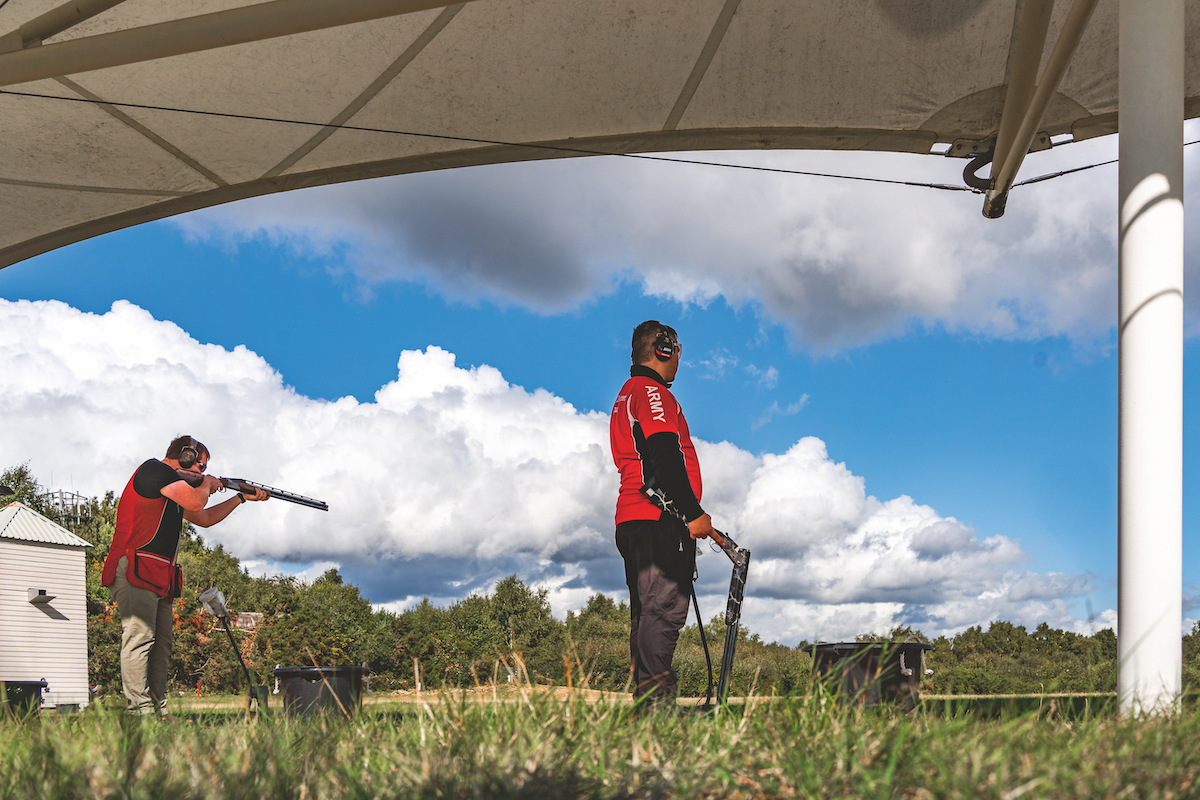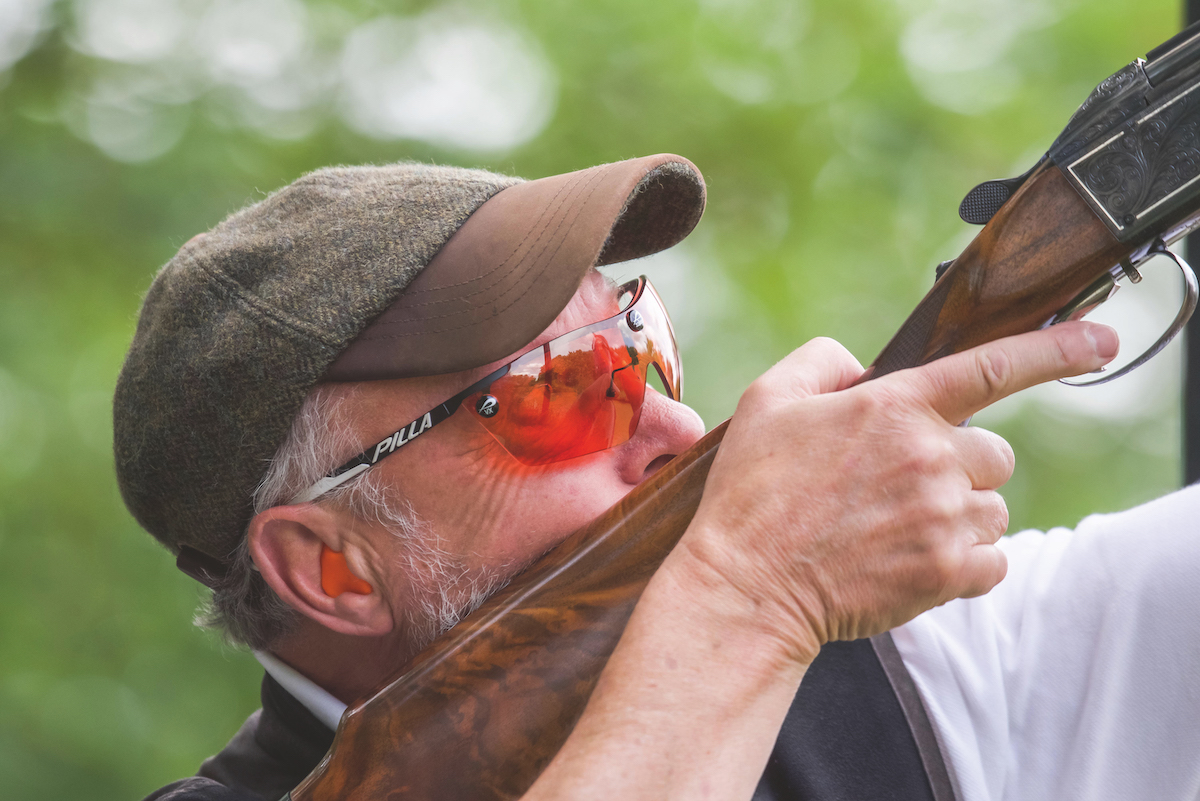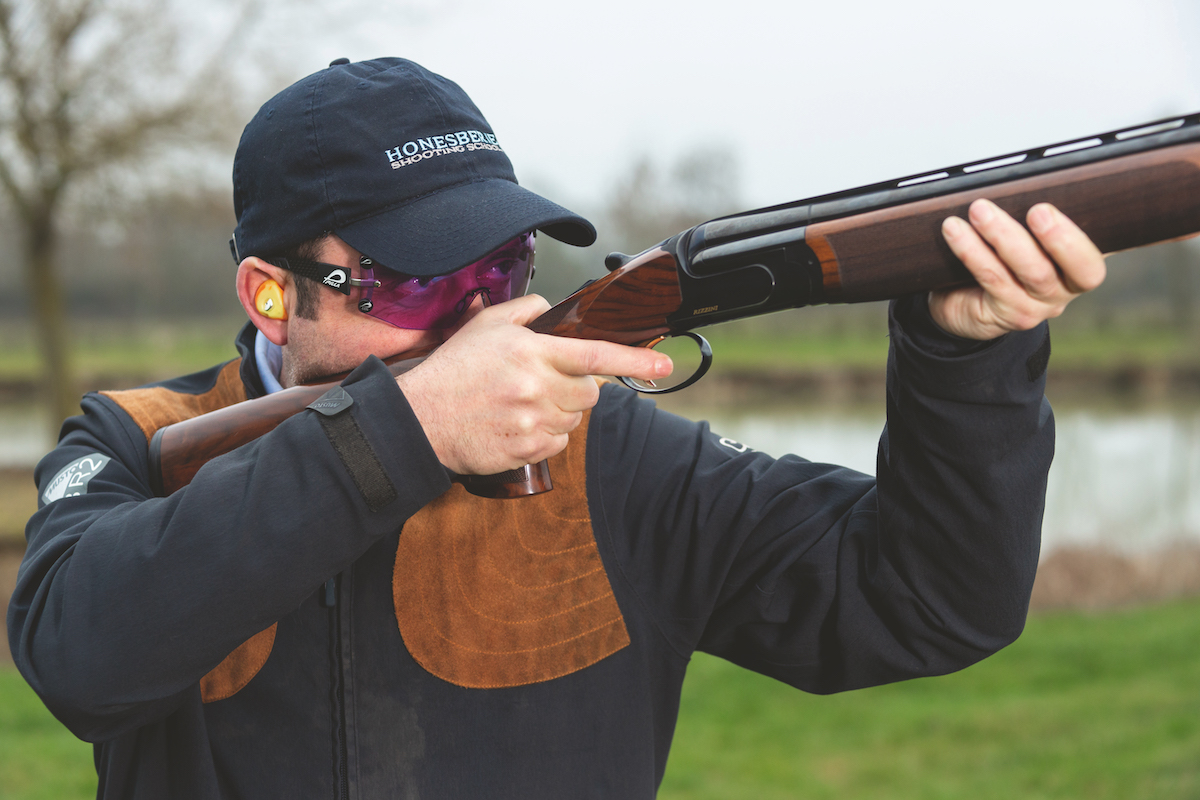Pigeon shooting perfected!
Pigeon shooting perfected!
The best summer-time flight line that I’ve ever seen not only stretched the full width of a large grass field but was constantly busy with pigeons passing overhead afternoon long.
The birds hardly ever stopped coming. I would like to say they were heading for one of my fields, but no – this lot were coming over a wood then crossing the meadow before disappearing into the far distance over standing wheat fields.
And I knew from experience there was no point following the line because they were en route to a large well ‘keepered estate where there was no earthly chance of getting permission to decoy them!
Not that it really mattered because there’s nothing better than shooting pigeons on their flightline, and I was dead keen to have a crack at these high sporting birds on my own patch.
A FRUSTRATING EXPERIENCE
It was gone 1.00pm when I spotted the flightline but it took next to no time to set up under some smallish trees at the edge of a narrow copse opposite the wood and in roughly the middle of the flightline.
I tucked into the shade and stretched a single length of see-through nylon sheet between a couple of hide poles.
The only other gear that I grabbed from the car were gun, cartridges, seat and a rotary decoyer.
I quickly managed to knock down two woodies for the rotary placed 20 yards away where it was visible to all birds heading my way but even though they could see it clearly something like 70% of them bypassed either side of me. It was extremely frustrating.
I moved twice to stand for a time under the cover of low branches both sides of the hide and each time I got the feeling that more were passing out of range on either side. After four hours I’d bagged only 32.
Next day I was back in an attempt to improve on that poor performance; not that 32 is poor, it was just the sheer number of birds passing put of range that bugged me. This time I took five dead birds: two for the rotary and three on the ground.
I knew full well that flighting pigeons wouldn’t attempt to land but I hoped that somehow the decoys might pull a higher percentage over me and in range of the gun.
No such luck, after five hours I’d bagged 48 but the enjoyment factor was massive – all the birds were high, fast and testing, and I was particularly pleased with my kill rate.
Two days later I was back for my third go and this time I achieved 54, not because there was increased pigeon traffic, but a higher hit rate that came down to the practice of the previous two days.
That night I sat down with pencil and paper trying to invent some way of getting a higher percentage of pigeons within range.
There were several things to consider, chiefly:
– The hide was in the centre of the flightline so nothing could be improved in that department.
– The pigeons could not be persuaded to land as they were set on a line to a good undisturbed feeding ground.
STRAIGHT TO THE POINT
For several years I had been working on different decoy patterns and the experiments showed that decoys set in straight lines actually drew pigeons.
I noticed that you can persuade woodies to fly straight up a long line of shell decoys to present themselves as good crossing shots as they pass left to right or right to left in front of the hide.
I’ve no idea why they do this but it works.

Armed with this knowledge I drew up a similar plan that I felt would work on the flightline.
I scribbled out a pattern on the sheet of paper and with just an odd tweak or two it was ready for testing.
Next day was, as forecast, a nice sunny day without a cloud to be seen.
I watched from the farm buildings for a short while and saw only a dribble of birds using the flightline but the reduced traffic didn’t greatly bother me as I was early and wanted to set up the new pattern in good time.
First, I built the hide where I placed my gun, seat and a job lot of cartridges before setting out the pattern as planned. Fingers crossed it would work.
PATTERN BY NUMBERS
I brought out all the decoys I could muster including some that I’d not used for probably 30 years and others that had been set aside for a good tarting up, but never got it.
I gathered up as many as I could manage and followed my diagram without the slightest deviation.
I took 20 paces to the left of the hide, turned and paced 25 paces out into the field.
The first decoy was dropped here followed by one every third pace in a straight line towards the wood.
I returned to the hide, collected more decoys and took 20 paces to the right followed by 25 paces to the front and repeated this until all the decoys – about 60 in total – were out facing any direction except tail to the wood.
Two standard floaters (bouncers) were then placed ten paces down from the farthest static decoys, both facing the hide.
Two of Chris Green’s winged pigeon decoys on his fibre rods were situated half way up on each side facing the hide and, finally, the rotary was plonked right in front of the hide 15 paces out.
The two lines of decoys – 40 yards apart – disappeared over the brow of the meadow toward the wood.
The question now was would the layout do here what it was capable of doing on fields where birds were feeding?
TIME FOR ACTION
Everything was in place by 1.30pm and two minutes later a couple of pigeons came directly over the wood and flew straight up the right hand line of decoys – no surprise, as they had not turned into the pattern, but simply continued on their planned course.
One flew on but the other hit the hard ground with a thud.
I then watched another bird on the left which definitely changed direction to fly up the outside of the left hand line just within range, and that was its last mistake.
Some – even those fairly close to the lines took no notice of the decoys – but a high percentage did change direction to take a closer look.
As expected, not one attempted to land but it was a delight to watch them do exactly what I wanted them to do.
Although they slowed down as they came up, or close to the lines, they were still high and sporting to shoot.
Two hours later some birds began to return on the same line and many did a complete ‘U’ turn half way across the field and of them, a good percentage bit the dust as they tried to reach the trees behind me.
At around 4.30pm I was down to the last box of squibs, so every shot had to count.
I tried to pick my birds and bagged 19 pigeons for 25 shots. There was nothing else to do apart from collect all the birds into groups of ten.
Many had made the oaks at the edge of the wood to be found dead on the ground. At the end of play, there were 14 piles and an odd seven – a total of 147.
Since that memorable day there have been numerous other times when this approach has worked with great success on various flightlines and especially in situations where I didn’t want to knock birds down in laid cereals where they can’t be picked.
At other times the layout has worked when it hasn’t been possible to decoy close to buildings, roads or as birds make their way onto neighbouring farmland – where I haven’t got permission to shoot!








